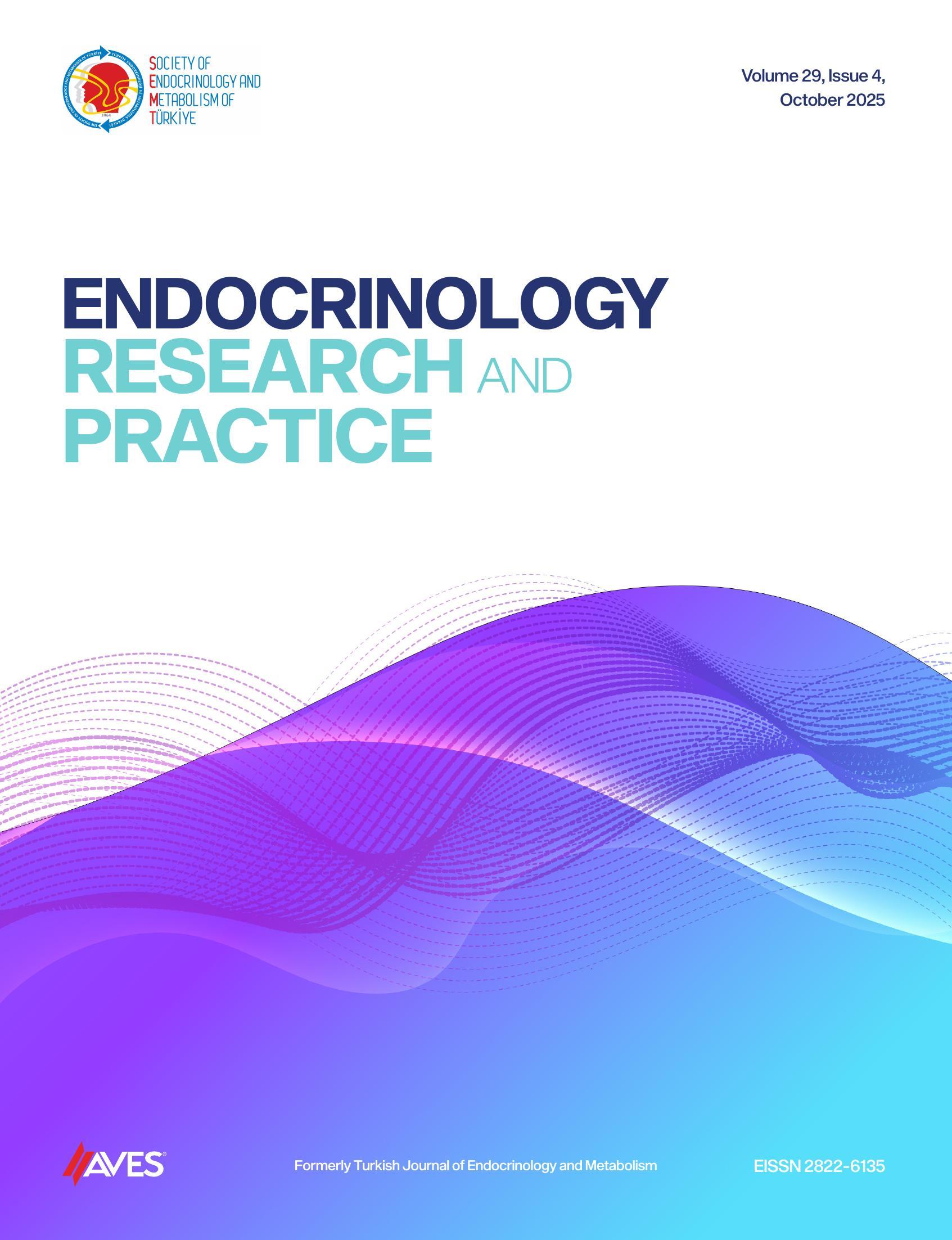Objective: Malondialdehyde (MDA), a by-product of lipid peroxidation, is considered one of the biological markers for oxidative stress. Oxidative stress increases with age, especially after menopause. The aim is to evaluate the oxidative stress levels in pre-, peri-, and postmenopausal women by measuring salivary malondialdehyde levels.
Methods: The study included 45 participants, who were categorized into premenopausal, perimenopausal, and postmenopausal groups. Salivary MDA levels were measured biochemically using the thiobarbituric acid method.
Results: A statistically significant rise (P < .001) in the mean salivary MDA level was observed in postmenopausal women (0.94 ± 0.18 nmol/mL) when compared to perimenopausal (0.78 ± 0.08 nmol/ mL) and premenopausal women (0.48 ± 0.09 nmol/mL). Salivary MDA levels were also positively correlated with the age of the participants (r=0.79; P < .00) and the duration of menopause (r = 0.609; P=.015).
Conclusion: Salivary MDA levels were highest in postmenopausal women, followed by perimenopausal and premenopausal women. The changes observed in salivary MDA levels could be probably due to the oxidative stress during menopause.
Cite this article as: Muthulakshmi C, Divya B, S N, et al. Evaluation of salivary malondialdehyde levels to assess oxidative stress in postmenopausal women. Endocrinol Res Pract. 2024;28(4):211-215.

-1(1).png)

.png)